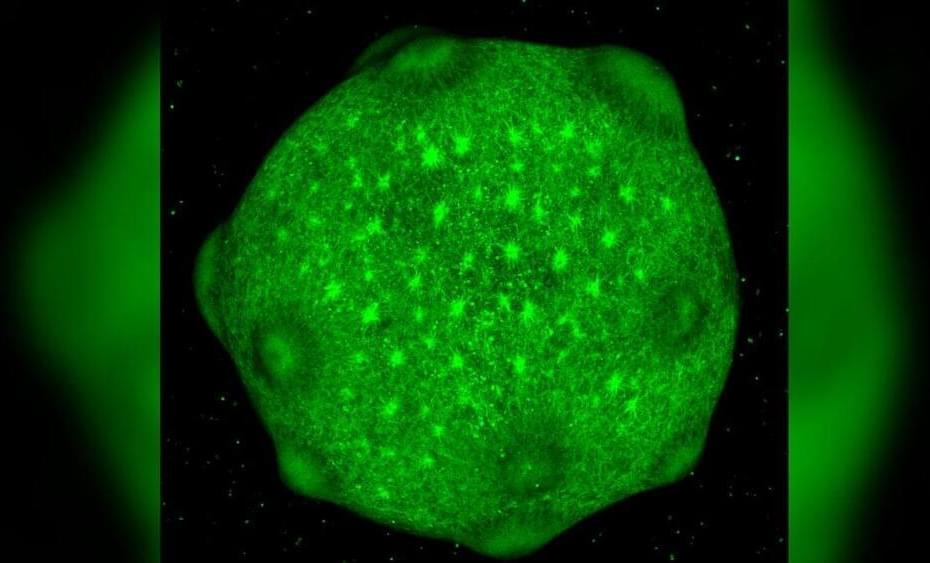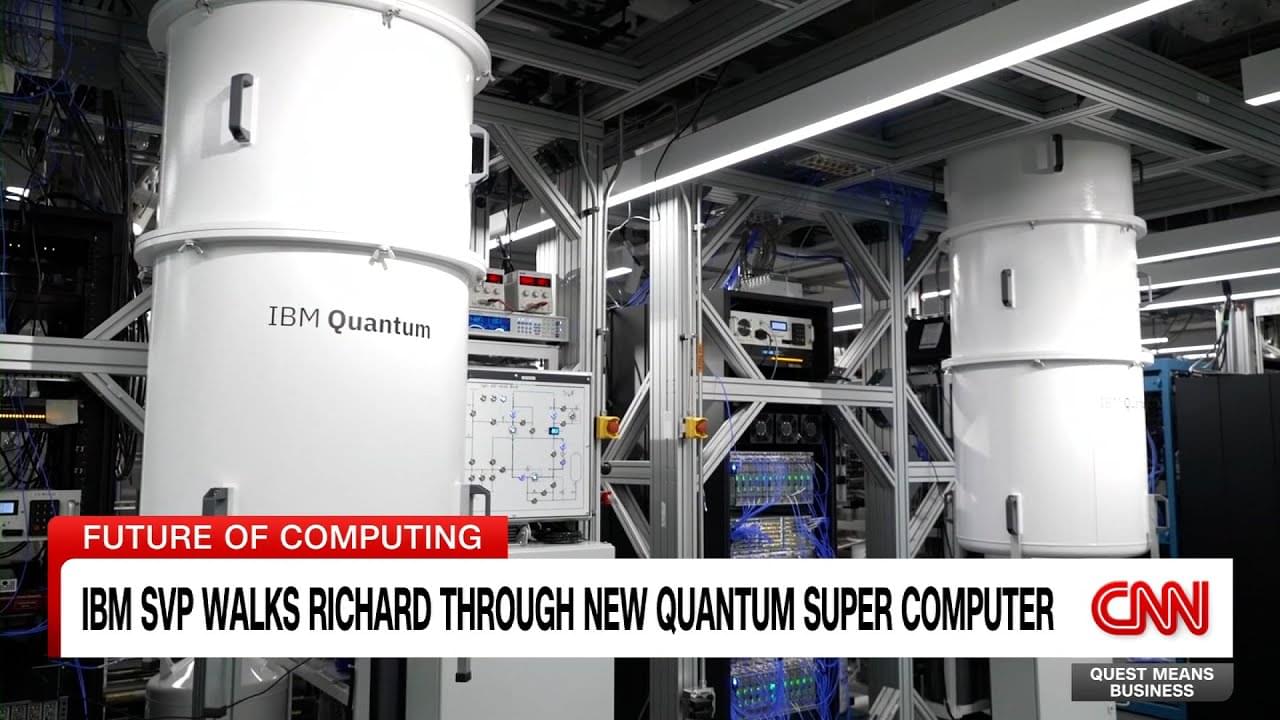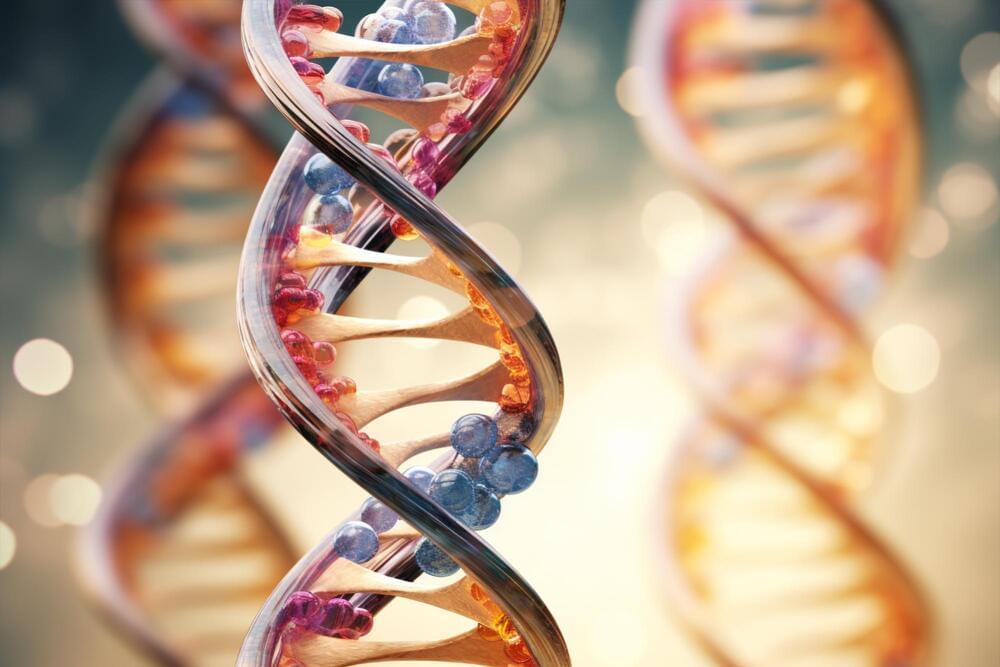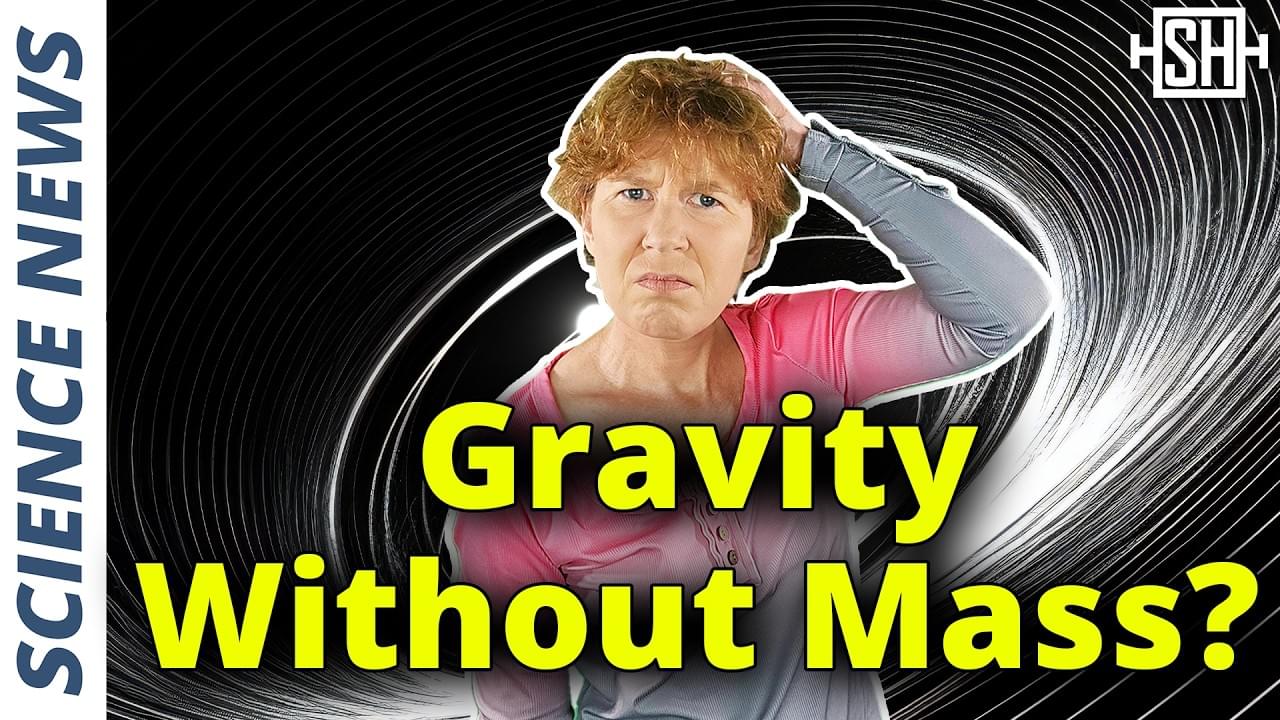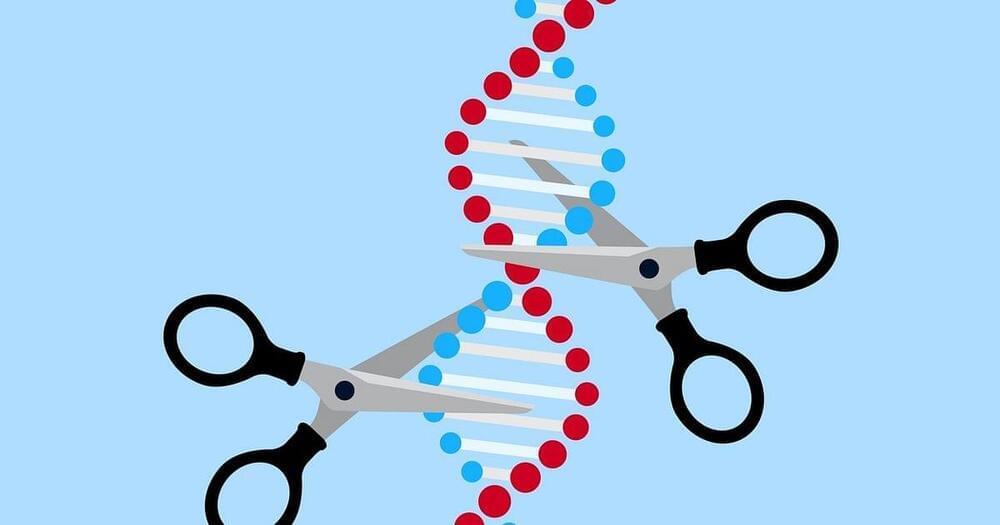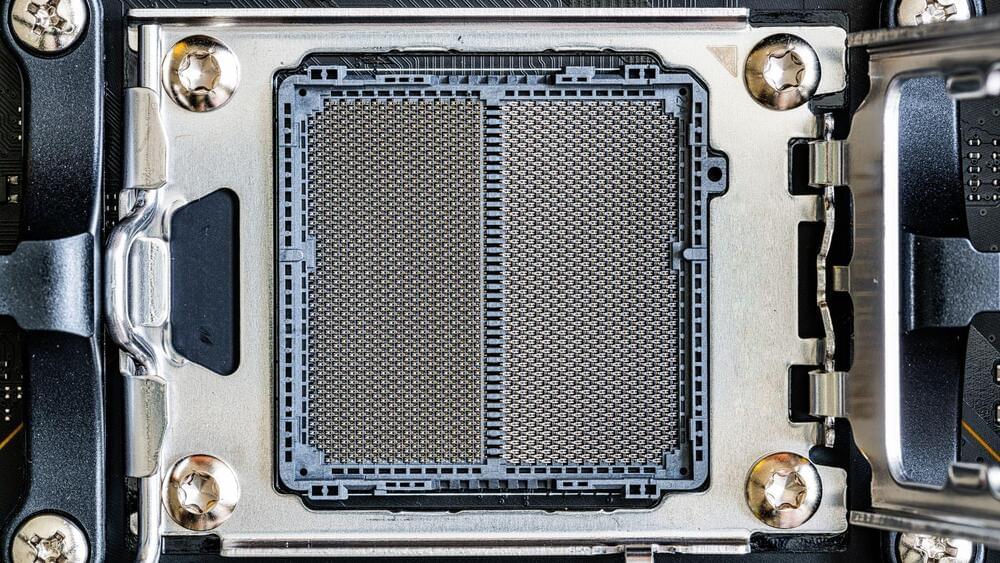Aug 25, 2024
Cerebral organoids: What are lab-grown ‘minibrains’?
Posted by Dan Breeden in categories: biotech/medical, computing, neuroscience
In the past decade, lab-grown blobs of human brain tissue began making news headlines, as they ushered in a new era of scientific discovery and raised a slew of ethical questions.
These blobs — scientifically known as brain organoids, but often called “minibrains” in the news — serve as miniature, simplified models of full-size human brains. These organoids can potentially be useful in basic research, drug development and even computer science.
